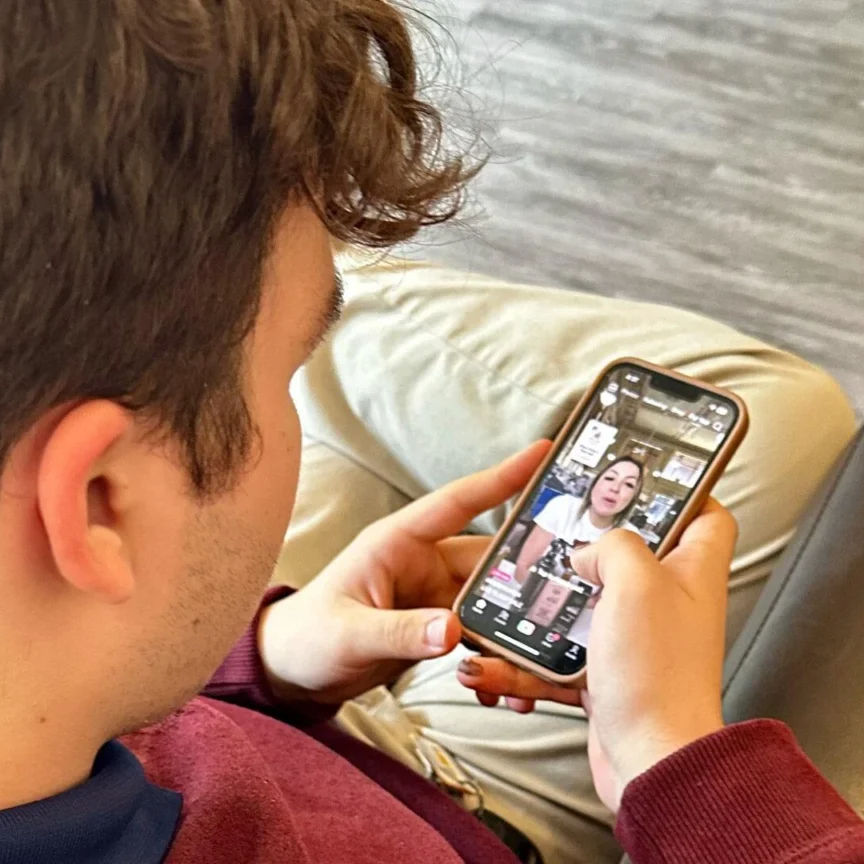Many students need tutoring, but few are getting it
- Joanne Jacobs

- Mar 20, 2023
- 2 min read
Intensive tutoring is the best way to help students who suffered learning setbacks during the pandemic, but school districts are providing help to only a small fraction of students, report Patrick Wall, Amelia Pak-Harvey and Collin Binkley for Chalkbeat and Associated Press.

"A new tutoring corps in Chicago has served about 3% of students," they write. Less than 1 percent were reached in Georgia’s Gwinnett County, Florida’s Miami-Dade County, and Philadelphia. Ten percent of students nationwide were being tutored several times a week, according to a federal survey in December. The number was only 2 percent, according to an USC analysis of a different survey.
Tutoring is most effective when students get help at least three times a week for at least 30 minutes per session, research shows. But districts are struggling to hire tutors and schedule tutoring sessions.
Parents aren't signing up for after-school tutoring, they report. "Though test scores plunged during the pandemic, many parents do not believe their children experienced learning loss."
"Short-burst tutoring" -- five to 10 minutes of one-on-one help every day -- is making a difference for Florida kindergarteners, according to the first-year results of a Stanford study, reports Hechinger's Jill Barshay.
Chapter One (formerly Innovations for Learning) designed the program for children just beginning to learn to read. The model requires fewer tutors and is cheaper than conventional tutoring.
Broward County schools "wanted all kindergarteners to be able to sound out simple three-letter words by the end of the year and be able to distinguish similar words such as hit, hot and hut, writes Barshay. "After one year of this short burst tutoring, more than double the number of kindergarteners hit this milestone: 68 percent versus 32 percent of the children who didn’t receive the tutoring in the same classrooms. Tutored students also scored much higher on a test of oral reading fluency."
“These results are big,” said Susanna Loeb, a Stanford professor of education who was a member of the research team.
Technology plays a big role. Behind the scenes, Chapter One’s computers are keeping track of every child’s progress and guiding the tutors on how to personalize instruction. The tutor’s screen indicates which student to work with next and what skills that student needs to work on. It also suggests phonics lessons and activities that the tutor can use during the session.
In addition to one-on-one tutoring, Chapter One recommends that students spend 15 minutes a day playing phonics games on their tablets. The games are linked to the instruction and change as the student progresses.






Schools had plenty of math tutoring available before covid; its all still in place. In my area, Grade 6 up has double period math. Grade 9 has double period, half speed Regents Algebra. Grades 6-12 have study halls supervised by certified math teachers in which those who need 'extra help' are placed. Intervention is available at all levels. To qualify for math intervention as an unclassified student, one has to be very very far behind academically. Summer school is available to the unclassified who are a little below the 'just a pass' level. Those unclassified students who want to move say , from the 'just a pass' level up to proficient need to get themselves into private tutoring…
I tried being a volunteer math tutor in a local high school. When kids had to stay after school, they didn't take advantage of the tutoring. We switched to lunch-time tutoring (my employer at the time was willing for me to take the long lunch times necessary). Result? One kid showed up in two weeks (and she was super-smart and just needed help with one particular concept). The result for me: three two-hour sessions with my local non-profit (training, indoctrination), thirty minutes with a kid, and several hours of sitting around waiting. I gave it up.